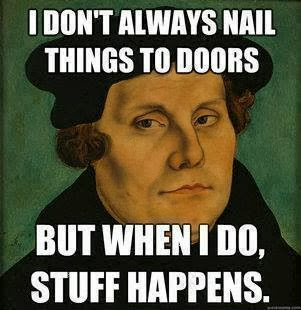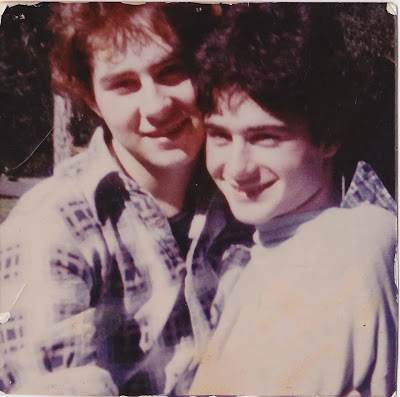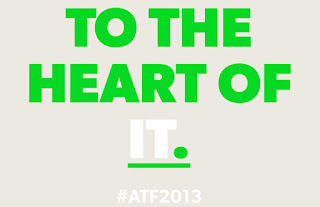How One Man Changed the Arts Forever
On 31 October 1517, the world changed forever. On that day, the 500th anniversary of which is fast approaching, a Catholic priest named Martin Luther nailed 95 theses to the door of the All Saints’ Church in Wittenberg, Saxony. This church held one of Europe’s largest collections of holy relics, including a twig from Moses’ burning bush, straw from Jesus’ manger, the Virgin Mary's breast milk, and some of the crown of thorns. The church also served as the chapel of the University of Wittenberg, Hamlet’s university of choice. Today, following a 1760 fire that destroyed half the foundations including the wooden door on which Luther posted his protest, the church serves as a place of worship, an archive and museum, and a youth hostel.
I think it’s
impossible to overestimate the impact of that day, the day that began the Reformation.
The Reformation
had an immeasurable impact on the arts. In essence, Luther believed that an individual’s
relationship with God should not be mediated by a bishop or the Pope. This idea
unleashed revolutionary artistic expressions. Paintings of butcher stalls, farmers in their fields, and women at
their spinning wheels could now reflect the idea that all vocations, not just the
priestly ones, were ways of serving God. Since we were all made in God’s image,
portraits of ordinary men and women became a means of contemplating the divine.
Luther's idea changed everything. In time, the arts were released from galleries,
theatres and opera houses just as the worship of God was released from
cathedrals. It exposed the possibility that the arts are for and about everyone. It allowed the secular to become sacred.
Bruegel was
the great, early expression. His paintings, even when on religious themes,
centred ordinary peasants and the rituals of village life. Later, Van Dyke,
Vermeer and Rembrandt kicked the idea along. Architects such as Inigo Jones and
Christopher Wren did so too. In music, the Reformation opened the doors to
Bach, Handel, Mendelssohn and Haydn, for whom music was a personal expression
pleasing to God.
 |
| Marcel Duchamp's 'Fountain' |
In music, the
everyday finds expression in the industrial rhythms of The Rite of Spring, in the sounds of the audience in John Cage’s 4’33’’, and in the use of a BuzzFeed list in The 9 Cutest Things That Ever Happened from Brisbane
vocal ensemble The Australian Voices.
In
theatre, we see it in Arthur Miller’s
treatment of the common man as tragic hero, in the interest in verbatim theatre, and in the use of
spaces outside of the formal theatre building.
In
dance theatre we see it in Pina Bausch’s use of everyday gesture and the
participation of non-dancers, an idea extended by Meryl Tankard and Kate Champion in Australia, and dozens of others.
In poetry, individual, democratic expression finds home in the Biblically influenced but sexually explicit free verse of Walt Whitman (and then Allen Ginsberg), in the announcement of modernism in T. S. Eliot's The Love Song of J. Alfred Prufrock measuring out a life with coffee spoons, and in the popular suburban satire of Bruce Dawe.
In the novel, we see Luther's influence in the Protestant spiritual autobiography of Daniel Defoe's Robinson Crusoe - a book that also gave birth to realistic fiction - in the centring of the individual as spiritual and psychological hero in the great Bildungsroman and Künstlerroman works, and in the long riffs on the minutiae of Patrick Bateman's world found in Bret Easton Eliss's American Psycho.
In film, we can trace a Protestant history into the fragmented, quasi documentary and narrative ambiguity of the French New Wave, and into the rejection of the corrupting Gods of Hollywood by the Dogme 95 filmmakers who sought a return to pure filmmaking based on traditional values
of story, acting and theme.
In fact, if there’s one overarching muse of the
last 100 years of arts practice, it’s the idea that the ordinary and everyday
can be inspirational subjects. Or, as John Cage once remarked, 'Beauty is now underfoot wherever we take the trouble to look.' It’s the key Reformation insight. Now, as we
travel through a period when the boundaries between artist and audience blur, when
consumers become creators building their own playlists, personalising their
news sources, blogging their lives and transforming them into the art of instagram
and tumblr, we celebrate how the everyday can sit with the glorious.




Comments
Post a Comment